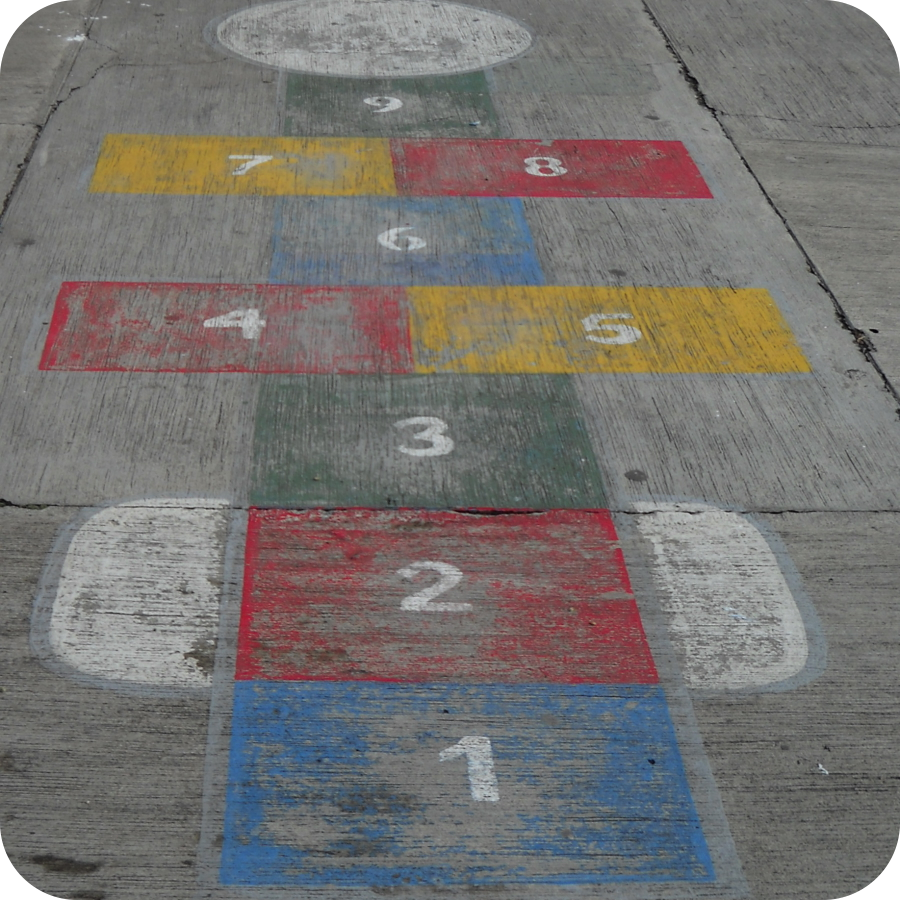Team:Arizona State/International
From 2012.igem.org
(Difference between revisions)
Rohit Rajan (Talk | contribs) |
|||
| (16 intermediate revisions not shown) | |||
| Line 1: | Line 1: | ||
| - | {{:Team:Arizona_State/Template: | + | {{:Team:Arizona_State/Template:Header}} |
| Line 5: | Line 5: | ||
<html> | <html> | ||
<body> | <body> | ||
| - | <h1 | + | <h1>Guatemala & Hygiene Lesson Plan</h1> |
| - | + | <ul> | |
| - | + | <li>In 2000 the United Nations developed the eight Millennium Development Goals (MDGs) in order to alleviate poverty and reduce deprivations in health and education, for example. All of the United Nations member states agreed to achieve these goals by 2015. Target 4 of the MDGs aims to reduce child mortality by two-thirds before the deadline. Diarrhea is the second leading cause of deaths in children under five years of age. In Guatemala, approximately 60% of deaths in children fewer than five years of age are attributed to diarrhea (PAHO, 2007). | |
| - | + | <li>The WHO in partnership with UNICEF issued a report in 2009 (<em>Diarrhoea: Why children are still dying and what can be done</em>) addressing the importance of prevention and management of diarrheal diseases to improving child survival. The report highlighted that diarrhea is prevalent in developing countries due to a lack of safe drinking water, inadequate sanitation, bad hygiene, poor health, and poor nutrition status. | |
| - | + | <li>In addition, the report held that delivering life-saving treatment was important in reducing child deaths but that progress could only be made by focusing on prevention through immunizations and by addressing factors that lead to the diarrheal disease. | |
| - | < | + | <li>Prevention included washing hands with soap and maintaining good hygiene. In addition, emphasis was placed on community involvement, from members of the population to healthcare professionals. |
| - | < | + | <li>The lesson plan targeted at younger kids sought to use glitter to demonstrate how easily people transfer microbes from person to person. By putting glitter on classroom objects, we visibly modeled the spread of microbes in the real world. |
| + | </ul> | ||
<br /> | <br /> | ||
| - | |||
| - | |||
| - | |||
| - | |||
| - | |||
| - | |||
</body> | </body> | ||
</html> | </html> | ||
| + | |||
| + | {| wikitable width=700 align=center | ||
| + | {{:Team:Arizona State/Template:media table line | ||
| + | |image=[[File:Arizona State hopskotch.PNG|150px]] | ||
| + | |mainheader=[https://static.igem.org/mediawiki/2012/5/53/Lesson_Plan.pdf Lesson plan (PDF)] | ||
| + | |text=The ASU iGEM team is working on a biosensor to detect contaminated water. The team knows that this alone is not enough to stop the incidence of childhood diarrhea. As a result, the team (partnering with ASU’s School of Human Evolution and Social Change) created a hygiene lesson plan for schools in the central rural highlands of Guatemala. The team’s aims were to teach young children about the importance of having good hygiene and washing hands using glitter as an analogy for microbes.}} | ||
Latest revision as of 04:00, 27 October 2012
Guatemala & Hygiene Lesson Plan
- In 2000 the United Nations developed the eight Millennium Development Goals (MDGs) in order to alleviate poverty and reduce deprivations in health and education, for example. All of the United Nations member states agreed to achieve these goals by 2015. Target 4 of the MDGs aims to reduce child mortality by two-thirds before the deadline. Diarrhea is the second leading cause of deaths in children under five years of age. In Guatemala, approximately 60% of deaths in children fewer than five years of age are attributed to diarrhea (PAHO, 2007).
- The WHO in partnership with UNICEF issued a report in 2009 (Diarrhoea: Why children are still dying and what can be done) addressing the importance of prevention and management of diarrheal diseases to improving child survival. The report highlighted that diarrhea is prevalent in developing countries due to a lack of safe drinking water, inadequate sanitation, bad hygiene, poor health, and poor nutrition status.
- In addition, the report held that delivering life-saving treatment was important in reducing child deaths but that progress could only be made by focusing on prevention through immunizations and by addressing factors that lead to the diarrheal disease.
- Prevention included washing hands with soap and maintaining good hygiene. In addition, emphasis was placed on community involvement, from members of the population to healthcare professionals.
- The lesson plan targeted at younger kids sought to use glitter to demonstrate how easily people transfer microbes from person to person. By putting glitter on classroom objects, we visibly modeled the spread of microbes in the real world.
 | Lesson plan (PDF)
|
 "
"


